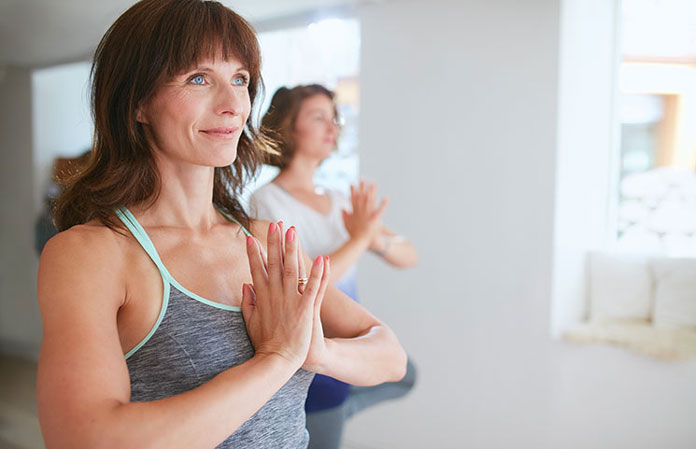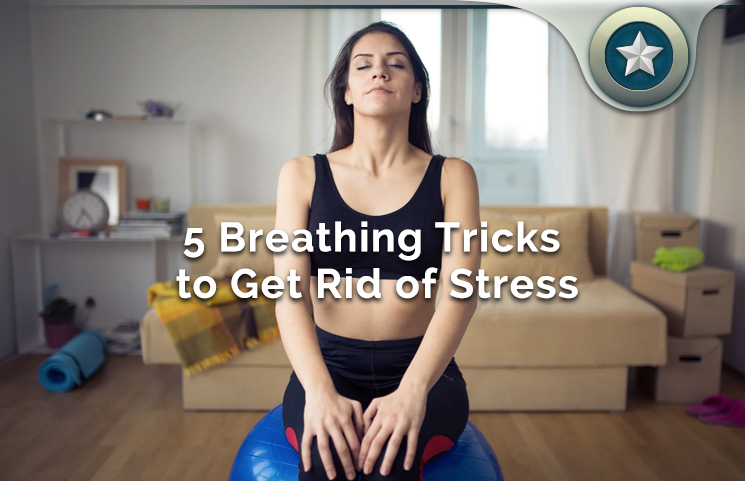Are you overworked, under rested, and quite simply, feeling under pressure? Well, stress is part of our everyday life. This is partially because we tend to forget that our body needs time to adapt and relax.
As a result, we have to endure the negative effects of stress such as heart palpitations, memory loss, weakened immune system, etc. Most people respond to stress by simply zoning out in front of the TV at the end of each stressful day of their lives.
But this does next to nothing towards fighting the damaging effects of stress. In order to combat stress effectively, we have to activate our body’s natural relaxation response.
What Can You Do To Cope With Stress?
It is impossible for anyone to avoid all stress, but it can be counteracted by learning how to produce the relaxation response. This refers to a state of deep rest that is the polar opposite of the stress response.
This can only be achieved by identifying and adopting a relaxation technique that works for you. This means that you have to consider you specific needs, your preferences, and even your fitness.
The best relaxation technique should resonate with you and fit your lifestyle. This will make it possible to focus your mind and clear it off your everyday thoughts until it elicits a relaxation response.

Breathing Exercises For Stress Relief
With its focus on deep, cleansing breaths, therapeutic breathing is a simple yet very effective relaxation technique. It is very easy to learn and you can practice it from almost anywhere, making it a quick and easy way of keeping stress in check. Therapeutic breathing is, in fact, the cornerstone of most of the other relaxation techniques and can be easily combined with relaxing practices such as music and aromatherapy.
Whether you are confined to a bed, an office desk, or anywhere with negativity, use these six breathing techniques to achieve instant relaxation and move on with your day feeling refreshed.
1. Abdominal Breathing Technique
This is the first breathing technique you must learn to practice. This is because it forms the basis of all other breathing exercises for relaxation.
How to do it:
Lie down with your face up, then place one hand on your chest and the other one on your belly.
Take one deep breath through your nose, ensuring that the diaphragm inflates to the extent that it stretches your lungs. Use the hand on your abdomen to apply some pressure while holding the one on your chest still.
Open your mouth and exhale through it, directing you hand towards the inside of your stomach to help you breathe.
Take 6 to 10 of these slow breathes per minute for at least 10 minutes and you will notice immediate reductions in your blood pressure and heart rate.
Deep abdominal breathing works best before an exam or other potentially stressful even.
2. Technique 4-7-8 Breathing
This technique will help you relax using belly breathing. You can either perform this exercise while sitting or lying down.
How to do it:
Start by placing one hand on your belly and the other on your chest, and then slowly take a deep breath from your belly.
Silently count to 5 as you inhale, hold your breath, then silently count to 7.
Exhale completely while silently counting from 1 to 8. Ensure that you’ve gotten all the air out of your lungs by the time you reach the count of 8.
Repeat this exercise 4 to 5 times or until you calm down.

3. Roll Breathing
Roll breathing is designed to help you develop full use of your lungs and focus on the rhythm of your breathing. You can do it while in any position. However, it is recommended that you perform it while lying on your back with your knees bent if you are new to it.
How it is done:
Place your left hand on your stomach and the right one on your chest in such a way that you can move them when you inhale and exhale.
Inhale slowly and deeply through the lower part of your lungs without moving your right hand. Inhale through your nose and exhale through the mouth about 8 times.
Inhale into your lower lungs as before, and then keep inhaling into your upper chest. Commence breathing slowly and regularly. You will notice your right hand rising and the left one falling as you become more relaxed.
Repeat the second step up to 8 times till the movements of your chest and belly rise and fall like the motion of rolling waves.
You can use this technique as an instant relaxation tool anytime you feel stressed.
4. Morning Breathing
This should be the first thing to do every morning to relieve muscle stiffness and clear clogged breathing passages. You can also use it throughout the day to relieve back tension.
How to do it:
From an initial standing position, bend forward from your chest with your knees bent slightly, letting your arms dangle as close to the floor as possible.
As you breathe in slowly and deeply, slowly return to the initial standing position by rolling up slowly, ensuring that your head is the last thing you lift.
Hold your breath for a few seconds while still in this standing position.
Exhale gradually as you return to the original position, bending forward from your waist.

5. Abnormal Breathing To Relax Your Muscles
This last breathing technique requires a little more patience. It relaxes the major muscles, especially when they are stiff and painful.
To practice abnormal breathing, sit down comfortably and focus on your abdominal breathing.
How to do it:
Frown your eyebrows for a few seconds and release the frown to relax your face muscles.
Bend your head forwards until your chin presses against your chest. Next, release your neck and you will feel your muscles relax.
Relax your arms by spreading them away, stretching, and releasing
Pull the toes as far as you can and release them. This will relax your leg muscles.
5 Breathing Tricks to Get Rid of Stress Conclusion
Remember to breathe long and hard every time you do a stretch. This is because deep regular breathing will allow more oxygen into all your body parts. This will help eliminate toxins to promote a healthy state of relaxation.









